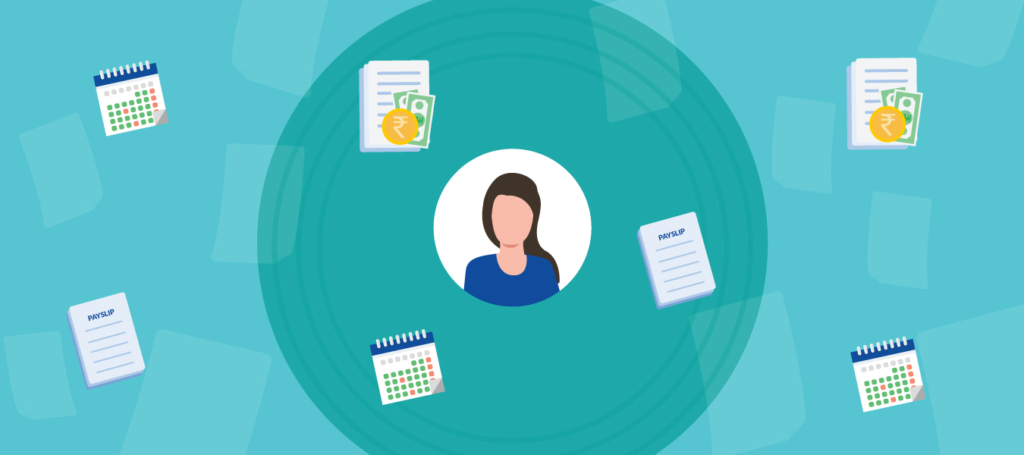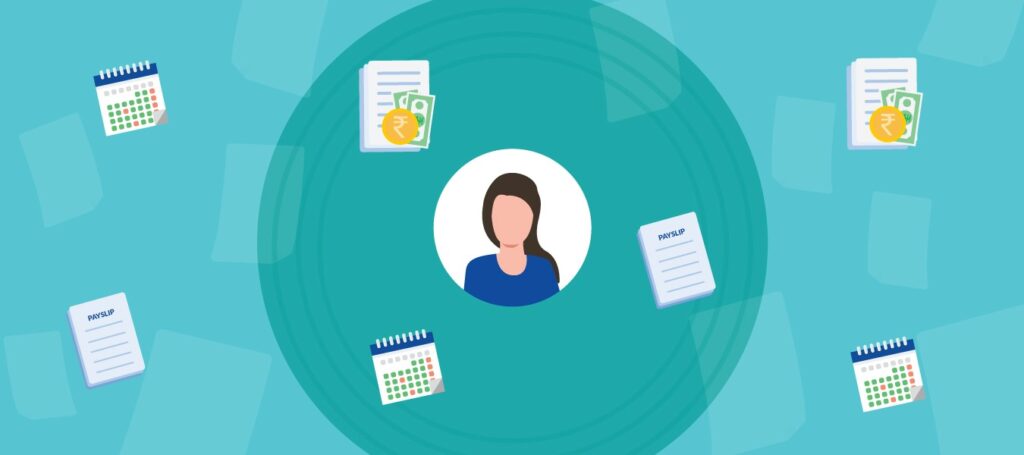We’ve all been there, be it forgetting to show the second effect of an entry or going through multiple reports just to know that they all give out the same information.
You can get rid of all this fuss with an integrated HRMS System. This blog will guide you through how integration in HRMS modules will affect the performance of your company and boost the workflow management process’ efficiency.
We’ll be taking an example of how Attendance and Payroll work in integration to make things easier to understand. This example will be constant throughout the blog.
Consolidated reports
Integration of modules helps you create more efficient reports. Firstly, you will have just one report to go through instead of two separate reports. You can still access two separate reports if needed though. Collection and analysis of these two different reports is not only frustrating but at the end of the day you are just inviting double the work. Let’s go back to our example; you will not have to go through the attendance reports to appropriate the employee’s salary for the month, if Attendance and payroll work in integration, the system will access the attendance reports and calculate the salary for the month automatically.
Elimination of double entries
With integration you can get rid of making the same entry twice to tally your reports. You make changes or entries at one place and the system changes it to every place necessary. Going back to the example, if you mark an employee’s missed attendance at the end of the month, you will not have to add the day’s pay to the payroll again, the software will make necessary changes as soon as you’ve marked the attendance.
More Efficient & Accurate data processing
Making things very simple, you will have to analyze one integrated report instead of two different reports. The chances of errors go down by 50% in this single step. The reports are made by the system by performing various complex calculations and since it is done by the software the chances of errors are extremely rare. With all these things being considered one can surely say that with an Integrated HRMS System, data processing becomes way more efficient and accurate.
Better overall workflow management
Everything boils down to this part, having consolidated reports, eliminating double entries and processing the data efficiently and many more other below the surface level factors lead to having a better and improved workflow management in your organization. Better workflow management means increased productivity which results in better quality and quantity of output and optimum utilisation of resources.
Attendance and Payroll are not the only modules that work in integration. There are many other modules which work in integration to make the workflow more efficient, to name a few; Time and Attendance, Leave and Payroll and Recruitment, Training and Induction. A modular HRMS lets you integrate different modules to make the workflow even smoother. One such modular HRMS Solution provider is Spine Technologies.
Summarizing the above points, Integration in the modules of an HR Software enables you to have efficient integrated reports, elimination of human errors, less yet more accurate data processing and enhanced workflow management for greater productivity. To conclude, an integrated HRMS Software makes the already great Automated HR System more accurate, efficient and reliable.
























